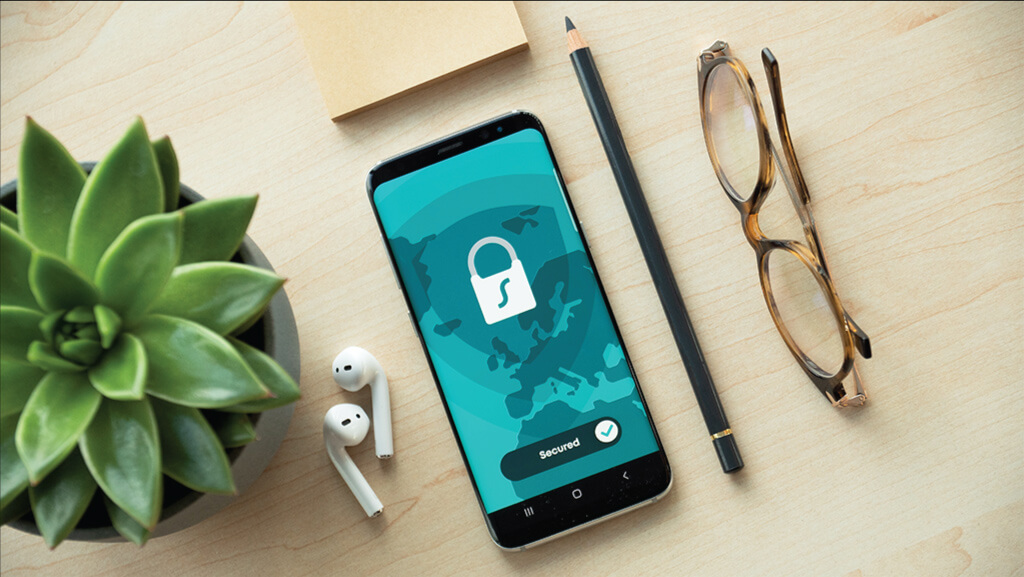In the comprehensive development of digital technologies in all spheres of human life, the issue of cybersecurity remains relevant. According to research, cybercrime will cost the world $6 trillion by the end of 2021, and by 2025, this figure is expected to grow significantly, reaching up to $10.5 trillion.
Healthcare and education sectors, banking structures, hotels and restaurants, etc. are increasingly facing attacks from cybercriminals. For instance, even if you create small business website, you’re still likely to face cyber attacks. That’s why companies are willing to pay large sums to stay safe. It’s also where professionals come into play. To be effective in their work, cybersecurity pros need to pay maximum attention to hands-on learning. Let's see why.
Cybersecurity Specialist Practice
The responsibilities of cybersecurity professionals include:
- Troubleshooting network connection problems
- Planning the stages of providing high-quality security for the entire network system of the company
- Timely check for security violations
- Quick elimination of possible attacks
- Training of company employees in the primary aspects of system security maintenance
Only active learning with the use of “hands” will make it possible to correctly interpret this acquired knowledge. You also need ample time throughout your studies to apply them practically so that upon completion, you will truly become a cyber security professional, highly skilled at each task from this list.
Hands-on learning and its benefits
Practical training is a form of educational process in which knowledge is obtained during practical work. It can be closely intertwined with theoretical teaching or be a continuation of the latter.
Advantages:
- Students are more passionate about the process
- The development of critical thinking skills
- The experience of team interaction
- Closeness of training to the real workflow
- The formation of strategic thinking and the ability to make more informal creative decisions for assigned tasks
- Skills of interaction with devices are increased
According to research, modeling real work situations during training contributes to greater efficiency from classes in comparison with the traditional theoretical educational process.
Theoretical knowledge is the foundation of the educational system, but a surgeon will never be able to perform an operation correctly and efficiently having only studied its stages from books. In turn, a cybersecurity specialist cannot do the job without independent practice.
Yes, some people are better at absorbing information visually, and some by ear, but neither can do so without practical training which allows you to determine how well the theory has been learned, correct mistakes, hone your skills, and gain new ones.
Knowledge and practice
There are multiple channels through which cyber attackers can reach a database. These include applications, pluggable media, software, and more. Each loophole needs to be examined, tested, and closed. Only fundamental knowledge and practice will help a cybersecurity professional cope with the task.
Future cybersecurity professionals should not only clearly understand cybersecurity issues, they should also use reliable services such as Google Drive and StuDocu throughout the learning process. These will allow you to securely exchange training materials and maintain the confidentiality of data.

Cybersecurity pros eliminate the risk of data leakage for the company and its customers, however, due to the ingenuity of cybercriminals, their constant improvement, and the development of new loopholes, not everyone is able to cope with them. Even educational information on digital media does not always spread as quickly as new hacking schemes appear. Its practical training that will enable a more detailed study of cybersecurity problems and help you learn to quickly find channels through which attackers may “pass.”
Hands-on training also allows you to gain the basic skill required in cybersecurity - critical thinking. Even at the student stage, it is important to teach a future specialist to make correct and quick decisions, as well as be able to analyze and assess the situation.
Opinion of teachers
Educators themselves are pushing for hands-on cybersecurity learning. In fact, the introduction of digital interactions and simulators into classes allows students to master all the necessary knowledge, regardless of their preference for the type of information acquisition.
If tasks are simplified during the educational process, the more difficult it is for students to integrate into the work process. Some of them, due to the impossibility of fulfilling strategically important job responsibilities, have to re-learn, which may lower the specialist's self-esteem and cost additional time.
When adapting the educational process to future working conditions, students will be able to immerse themselves in real-life tasks, evaluate the work from the side of attacks/defenses, adapt to the constantly changing schemes of attackers, and penetrate the general system of the company to maintain its effectiveness.
Conclusion
Keeping a company cyber secure is a practical task primarily based on theory. In order to succeed in this field, you must put your study into practice. It’s much more effective to do this at the training stage than after completing it. Hands-on training allows the cybersecurity professional to understand how cyberattacks occur, learn how to use all the tools, and anticipate new patterns.
BIO:
Conrad Sturdy is a professional blogger, content maker, and freelance writer. You can reach him at guestpostingninja@gmail.com
